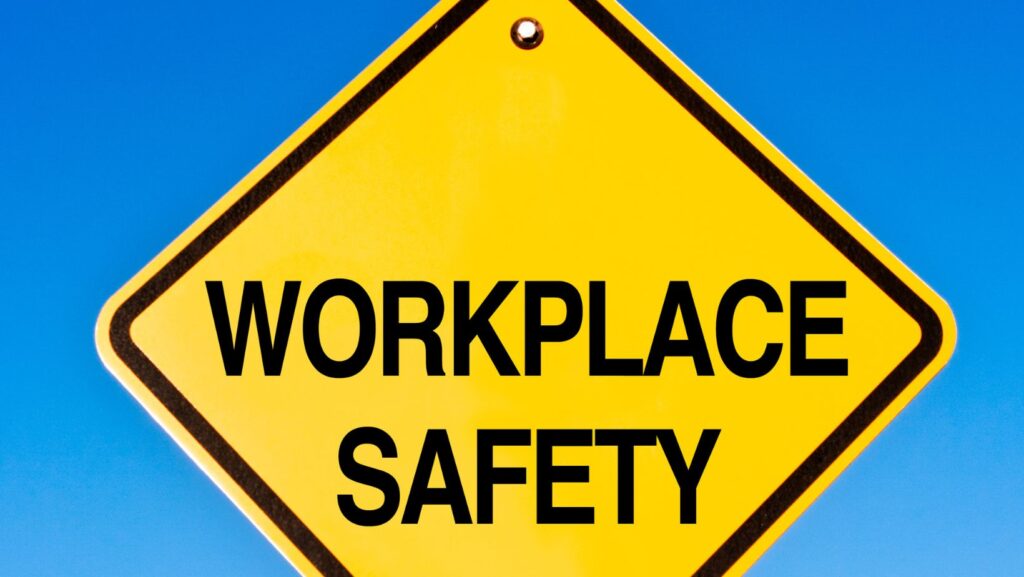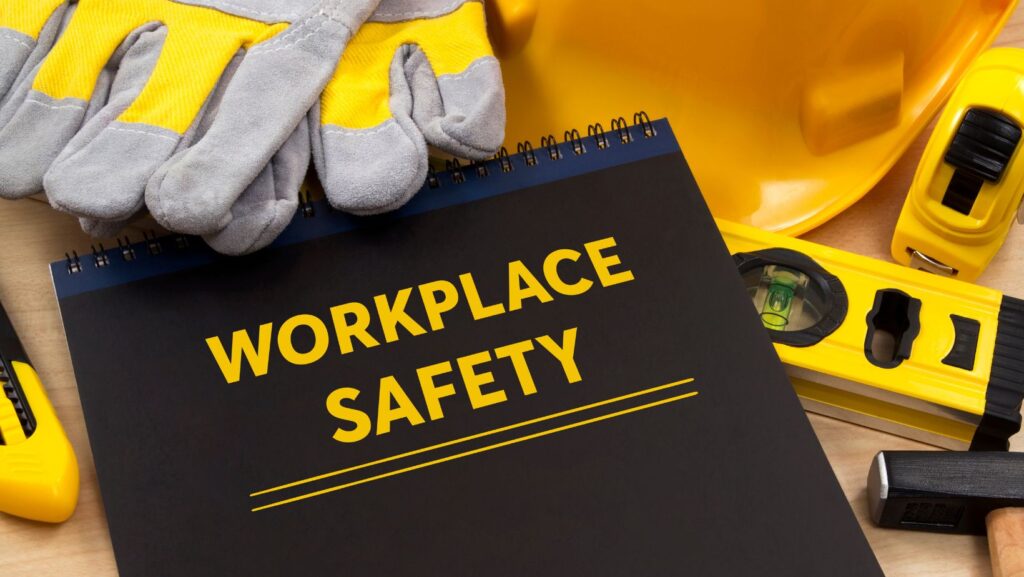Every commercial space carries risks, and ignoring them can cost more than just money. From employee injuries to water damage on a property, the fallout of poor workplace safety can shut down operations overnight. That is why compliance is more than a checklist; it serves as the first line of defense for both people and profits. Pairing these efforts with commercial property insurance gives businesses the resilience to recover quickly and keep moving forward.
Why Safety Compliance Defines Business Stability
Compliance is not just about avoiding fines from regulators. It is a framework that ensures your workplace is free from unnecessary hazards. Regulations on fire safety, building maintenance, and occupational health all exist to reduce risks that could otherwise disrupt operations and endanger people.
In practice, this means setting rules for how inspections are scheduled, how equipment failures are reported, and how emergency drills are carried out. These elements build trust. Employees know their well-being is taken seriously. Clients, tenants, or partners see your company as reliable. And investors recognize the reduced risk profile of your operations.
When you are looking at reducing risks in commercial spaces, the biggest takeaway is this: safety is both a human responsibility and a business strategy.
The High Cost of Non-Compliance in Commercial Spaces
Consider what happens when safety measures or risk mitigation measures are ignored. A blocked emergency exit in a condominium may seem like a minor oversight, but during a crisis, it could be the difference between order and chaos. A neglected electrical system in an office space can lead to fires that not only destroy assets but also invite litigation, lease term complications, and reputational damage.
The financial loss is just as severe. During a market downturn, regulatory fines, legal costs, lost productivity, and increased insurance premiums quickly add up. More importantly, the loss of employee trust after a preventable incident cannot be measured only in numbers. That loss of trust can make employees less motivated and more likely to leave, even long after the crisis has passed.
Compliance in Line with Regulations and Industry Standards
Staying compliant is not only about broad safety rules but also about following the specific requirements set by regulators. In the United States, OSHA expects businesses to do regular safety checks, train employees on risks, and keep records that can be reviewed at any time. On top of that, different industries and property types have their own standards to follow:
- Manufacturing: Rules cover how machines are used, how chemicals are stored, and what protective gear workers must wear.
- Retail and offices: Standards focus on safe fire exits, comfortable and safe work setups, and reducing slip or trip hazards.
- Construction: Compliance includes fall protection, safe scaffolding, and required protective equipment.
- Multifamily and apartments: Property managers, building owners, and landlords are responsible for compliance, which includes meeting building codes, maintaining fire alarms and emergency lighting, ensuring common areas are safe, keeping elevators inspected, and providing accessibility for all residents.
Key Strategies to Mitigate Risks in Commercial Real Estate
Reducing risks in commercial spaces starts with a proactive plan. Some measures are universal, but others require tailoring to your industry and location. Consider these steps as part of your compliance framework:
- Regular Safety Audits: Walk through your facility to identify potential risks before they escalate. From faulty wiring to poor ventilation, regular inspections make it easier to catch small issues that often signal bigger problems.
- Clear Emergency Protocols: Fire drills, evacuation maps, and trained staff ensure responses are automatic under pressure.
- Equipment and Infrastructure Maintenance: Keep machinery, electrical systems, and structural components inspected and updated. Preventive maintenance costs far less than reactive repairs.
- Employee Training Programs: Empower employees to recognize and report hazards. A culture of awareness is one of the most effective safeguards.
- Documentation and Record-Keeping: Logs, certifications, and compliance checklists are not red tape. They are part of the due diligence that defends you when regulators or insurers ask for proof.
These actions do not just keep you compliant. They actively reduce exposure to risks that can destabilize your business.
Why Commercial Property Insurance Matters for Risk Management
Even with the most thorough safety compliance program, no business can eliminate every risk. Accidents, natural disasters, and unforeseen events can still cause damage and disrupt operations. This is why commercial property insurance policies are such an important layer of protection.
The right policy ensures that when property damage, equipment loss, or business interruption occurs, your company has the financial support to recover quickly. Instead of depleting reserves or taking on unexpected debt, insurance coverage absorbs the financial impact. It bridges the gap between compliance efforts that reduce risks and the realities of unpredictable events that can still strike.
For many businesses, this protection is not only about covering costs but also about ensuring continuity. Employees stay confident in their workplace, clients see reliability, and stakeholders know that the business can weather disruption without losing ground.

Furthermore, for commercial property owners, these policies also support long-term risk management by protecting assets, maintaining continuity, and reducing exposure to liabilities.
Building a Safer Future for Your Real Estate Investment
Reducing risks in commercial spaces is not just about following the law. It is about protecting the people, assets, and reputation that define your business. Compliance frameworks exist to give you structure, but it is your responsibility to integrate them into daily operations.
When paired with safeguards like commercial property insurance, compliance creates a dual layer of protection: one that minimizes risks upfront and another that covers the financial impact if things go wrong. The goal is simple but powerful: to create a workplace that is safe, compliant, and strategically positioned for long-term stability.
Meta Title: Safety Compliance: Reducing Risks in Commercial SpacesMeta Description: Read how reducing risks in commercial spaces through workplace safety compliance protects employees and assets. Explore more about why proactive safety matters.


